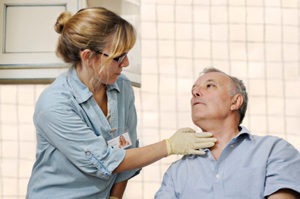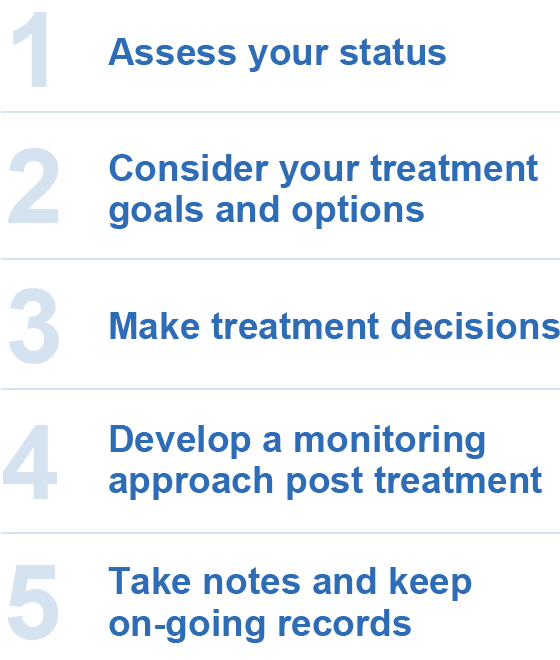Find a physician that you trust as your primary guide for your cancer journey. This is usually a surgical oncologist or a medical oncologist, but it might be a family physician or other medical professional. As you navigate the strange and complicated world of a newly diagnosed cancer patient, keep these suggestions in mind:
- The ACC Physicians List can help you find a doctor close to home with experience treating ACC.
- Bring a family member or close friend to medical appointments so that you have another set of ears and a note taker to gather and remember important information.
- Second opinions are always a good idea for major decisions on procedures and treatments. Good doctors are not offended by patients who seek second opinions.
- At initial diagnosis and at major decision points, it makes sense to seek the review of your case by a multi-disciplinary committee (“tumor board”) of surgeons, radiation oncologists, medical oncologists and interventional radiologists. Most major academic medical centers have these tumor boards.

Family, friends, fellow patients and therapists can go a long way in providing you with emotional support in difficult times. You may wish to consider joining a peer-to-peer group such as those listed on our Peer Support webpage. The information from peer-to-peer groups should not substitute for the advice of an experienced physician, but it may provide worthwhile perspectives.
This website will help you learn about current treatment options, clinical trials and ongoing research. To help you navigate through that information, it may be helpful to think about gathering information, making treatment decisions and planning post-treatment monitoring using these steps.


ACCRF is a patient-led effort to find and develop treatments for ACC. There are many ways you can help!
- Donate part of your tumor for research if you have an upcoming surgery. It is free, won’t interfere with your treatment, maintains your privacy and may bring us all closer to a cure. The tissue is most valuable if cooled or frozen immediately after surgery, so please ask your surgeon about tumor donation and complete the appropriate forms prior to surgery. Thank you for your consideration!
- Organize a fundraising event. ACCRF can help you set it up.
- Donate what you can to support ACCRF’s effective research network that is generating new treatments and more hope!
- For inspiration, read the stories of our patient champions
Help ACCRF to guide patients towards greater understanding, experienced clinicians and better treatments.

